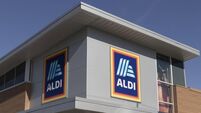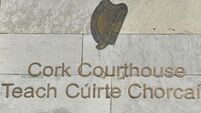Scandinavian retail giants' different routes to success
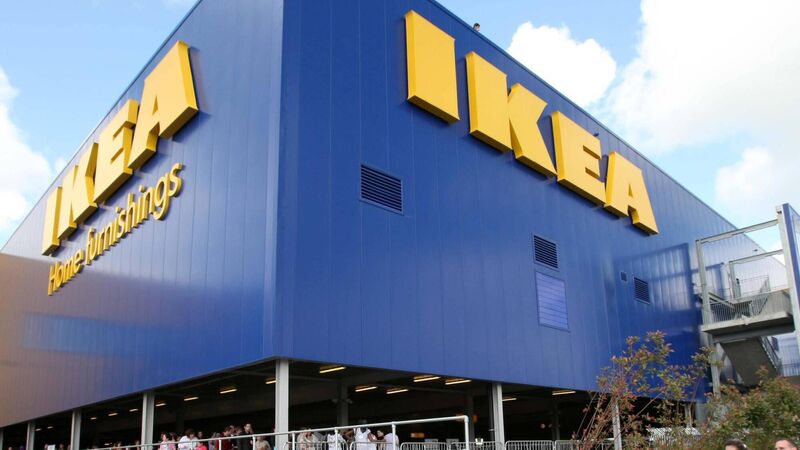
Ikea Ireland's sales grew 16.5% over the last year to over €250m. Picture: Colin Keegan/ Collins
You would think Scandinavian furniture and home decor companies Ikea and Jysk would be natural competitors here in Ireland, and in many ways they are, but major differences in how they run their businesses means they are both thriving now.
Jysk is a relatively new entrant to the Irish market, opening its first store here in 2019, which has now grown to 21, and employs more than 530 people across the country.
Ikea opened its store in Ballymun in 2009, which has since grown to become the company’s best-performing store by revenue worldwide.
While the two Scandinavian competitors operate in the same sector, they do so in very different ways.
Ikea, which employs 730 people across the country, is focused on its main store in Ballymun in Dublin, while expanding its online offering, focusing on cutting delivery as well as increasing the number of Plan and Order Points it has throughout the country.
There is also going to be speculation about whether a second Ikea store is in the works here in Ireland — with Cork being the obvious location — but nothing solid has been announced as of yet.
Jysk, on the other hand, treats itself more as a traditional retailer with a higher number of smaller stores compared to Ikea. It also has a strong online presence, with delivery as well as click and collect options.
Earlier this week, Ikea Ireland revealed its sales during their last financial year grew 16.5% to €252m. This is on top of the 14% increase in sales recorded during their previous financial year, leading to its profits before tax increasing 242% to €12.88m.
The company’s financial year ended in August. However, the company’s financial records are still under audit and as such it has yet to release its profit for the latest financial year.
Recent financial results from Jysk’s UK and Ireland showed the company's turnover increased by 11% during 2022, to €106m. The Danish company's total worldwide earnings before tax reached €531m during its last financial year with turnover growing to €5.2bn.
Deirdre Coleman, of Collab Design Studio, said the companies’ have very different service models, along with different approaches to their products with Ikea focusing on long-standing design ideas while Jysk focuses more on seasonality and trends.
Ms Coleman said Ikea’s focus on modularity — which means a unit in a specific line bought years ago would still work with a similar item bought years later — is one of the company’s strengths.
“They come from Scandinavia where places tend to be smaller,” she said.
“It is like the units grow with you,” adding Ikea takes inspiration from classic furniture designs which don’t go out of style.
“There is a basic element that you will always be able to use,” she said. Ms Coleman added the company also changes its consumables range on a regular basis to keep things fresh for customers.
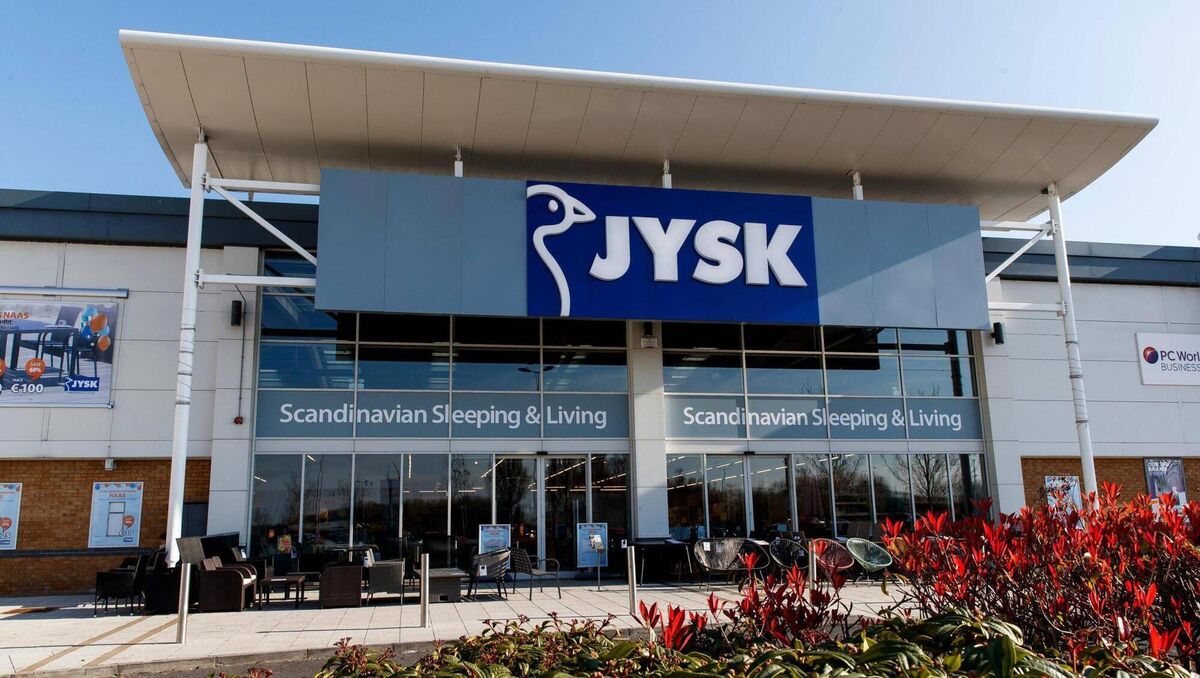
Maura Mackey, of Maura Mackey Design, said one of the main positives of Ikea’s furniture is their adaptability, which allows people to make the items their own.
From an interior design point of view, Ms Mackey said she was doing a lot of teenager bedrooms and with Ikea you can buy as much as you like and “adjust to any situation that you want”.
Ms Mackey added the company’s online and interactive tools are very helpful for new homeowners looking to fit out their house on a budget.
In relation to Jysk, Ms Coleman said it has a lot more stores but it is smaller and it doesn't always hold everything in stock.
“Jysk is a different business model. They don’t have the same core range, they are possibly more trend-led. Seasonality is very important for them,” she said.
Ms Mackey said if your budget is “blown” but you still want to do a “vignette" or you want to do shelving there is “nothing better than going there”.
“You can blend in their pieces with more expensive pieces and it looks good,” she said.
According to Jysk, over two million customers made purchases in its UK and Ireland stores during the year. Globally, the company operates over 3,300 stores, of which 202 are through franchise agreements.
Ikea’s store in Ballymun saw the number of customers grow by 4% during the year to 3.2 million, with the number of products sold through its click-and-collect option growing to 644,000 — more than double the previous year.
The Swedish company’s online sales continued to increase as a proportion of all sales growing to 33% — up from 29% during the previous financial year.
In light of reducing operational costs, Ikea Ireland has said it planned on reducing prices again in January, having already reduced the cost of 250 of its products in August.
David O’Brien, interior designer at RJ O'Brien Building Contractors, said among the reasons Ikea is proving so popular in Ireland is it is “very accessible for pricing” and has a “reputation for decent build quality” having been around for a long time.
“Ikea is great for basic staples, mirrors, rugs, cups, and saucers,” he said.
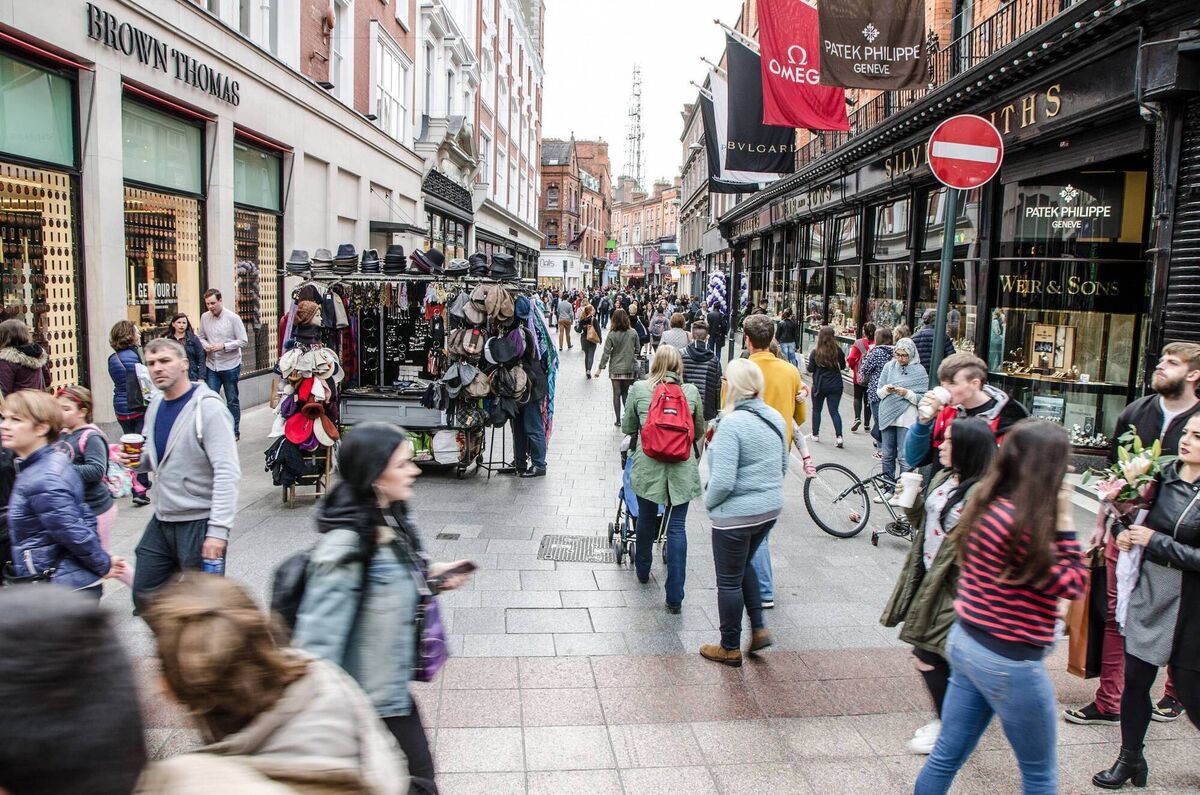
Mr O’Brien said one of the most impressive things about Ikea is that it has rooms preset, which gives people inspiration and allows them to see items in the environment.
On Jysk, he said its quality has “really improved” in the years since it arrived into Ireland, adding the prevalence of its stores means it is more convenient than travelling all the way to Ikea.
“I think they are very similar in ways. I think Jysk is much more on a local, smaller store level. It is not a day out, it is a much more quick in and out,” he said.
“The nice thing about that is that you physically get to go and see the item. It could be something minor like a shoe rack for example.”
The strong sales results for both companies resulted in bonuses being announced for staff. Jysk staff will receive €1,729 per full-time employee while Ikea staff will receive the equivalent of five weeks; salary.
With these two stores seeing rising sales over the last year, figures from the Banking and Payments Federation, Ireland and the Central Bank of Ireland point towards people borrowing more but not necessarily for home purchases.
The number of mover-purchasers receiving mortgage approval has been on the decline following a year and a half of interest rate hikes, with first-time buyers more or less propping up the sector.
In October, mortgage approvals have declined 20% compared to the previous year but just because people are not borrowing as much for home purchases as they used to does not mean they have stopped borrowing altogether.
Recent figures from the Central Bank of Ireland showed annual consumer lending increased by 7.9% to €912m, which is the highest annual growth rate since October 2008. In the same period, the annual rate of growth in household savings dropped to the lowest level in five years, adding just €4.1bn in value.
Economist Austin Hughes said these figures suggest people are not as fearful in their view of the economy and as a result may be looking at making slightly bigger purchases, such as changing furniture, getting a new kitchen or a new car.
In addition, while the most recent data available from the Central Statistics Office shows the overall volume of retail sales was down 0.2% in the year to October, sales volumes in the furniture and lighting sector grew by 3.7%.








